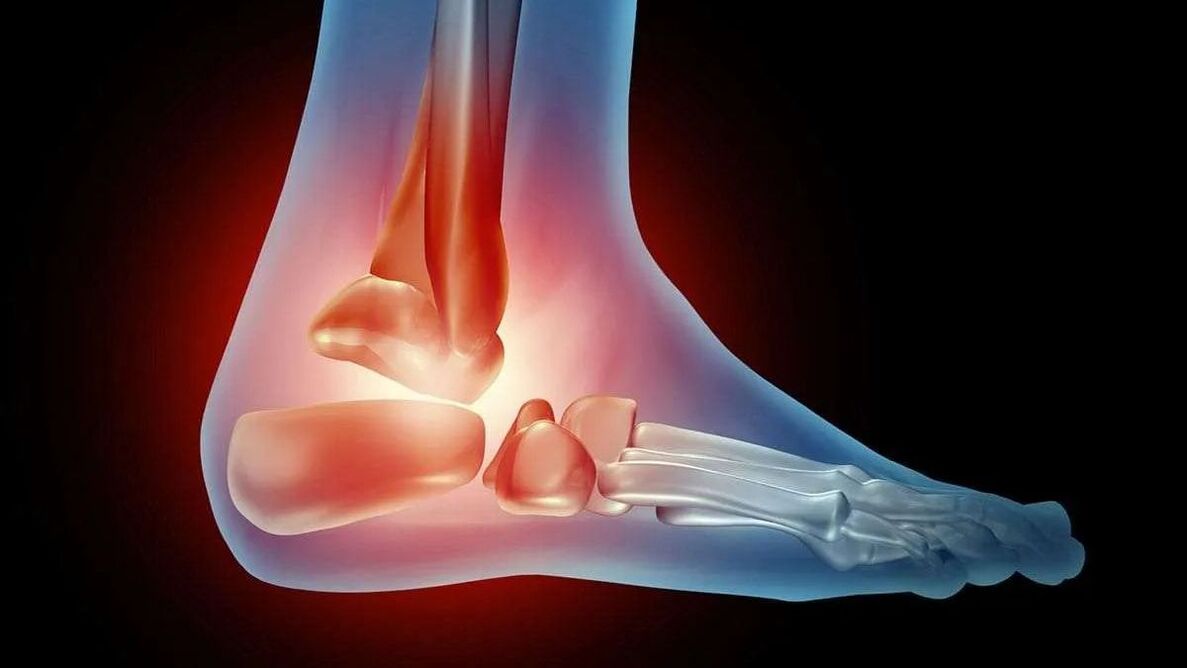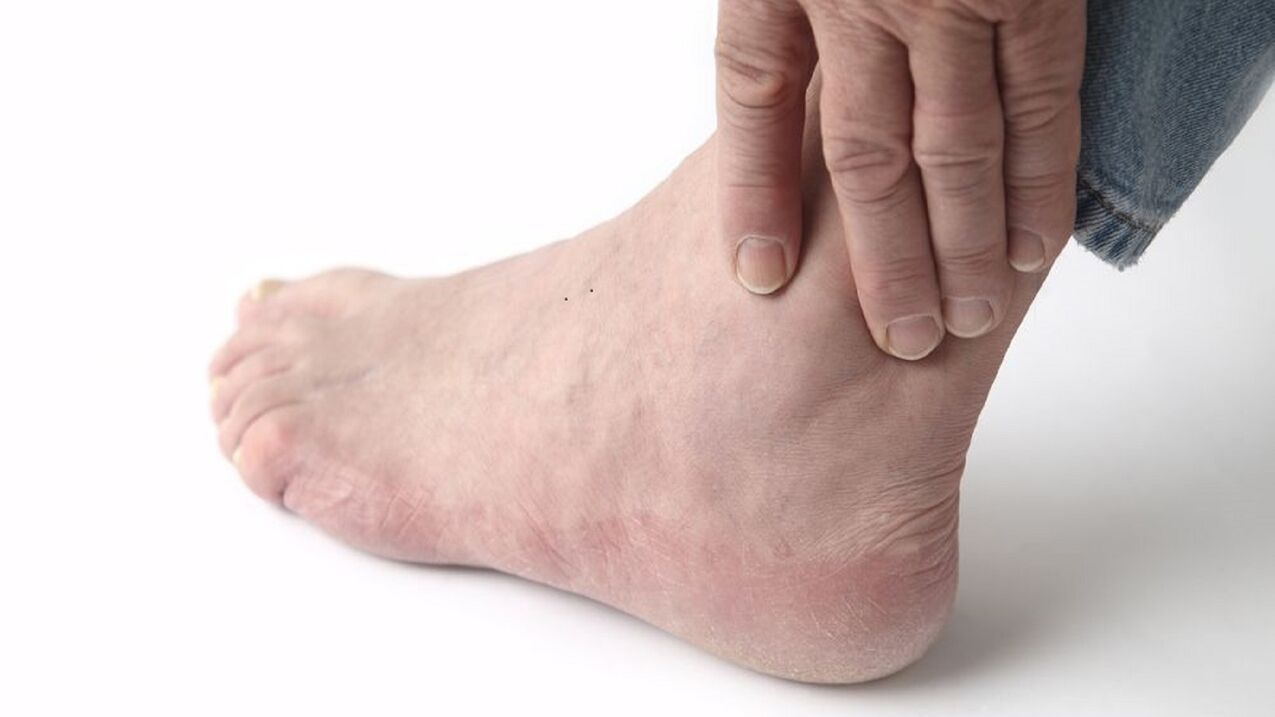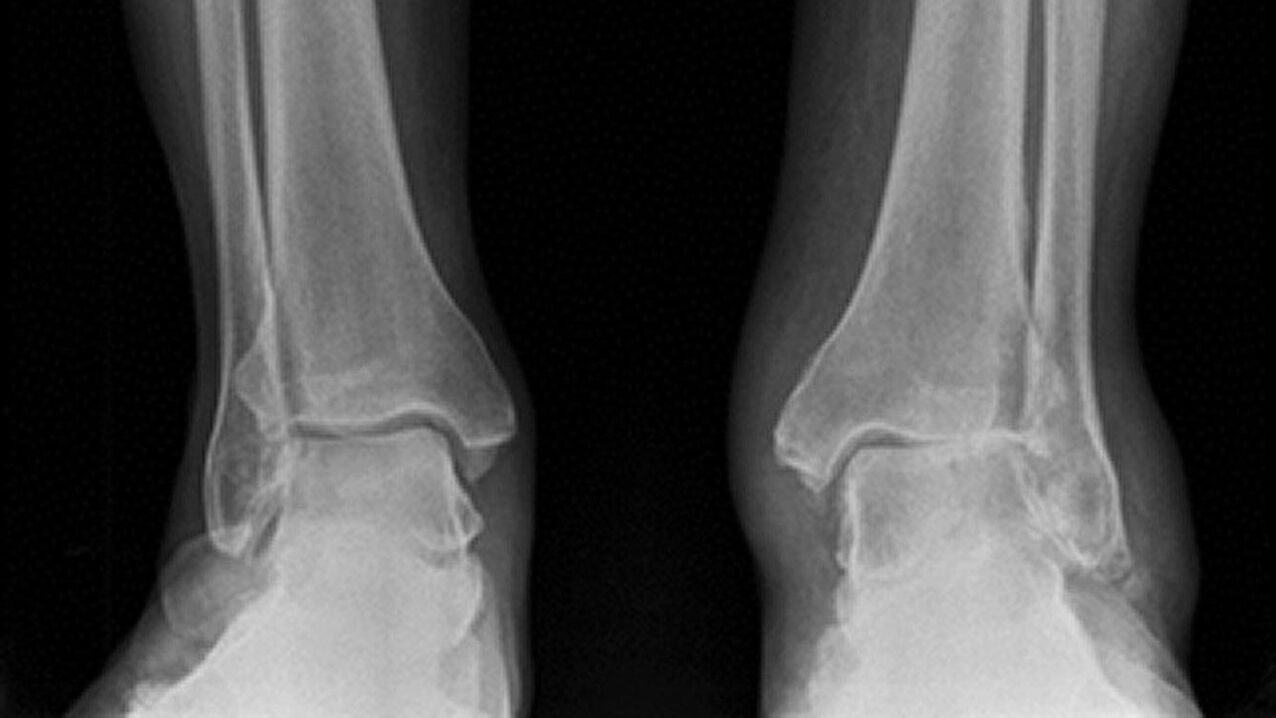As a person ages, the risk of developing diseases of the spine and joints increases. This is due to degenerative and destructive changes in the body. One of the common pathologies is arthrosis of the ankle joint.
Arthrosis of the ankle joint - what is it?
Ankle arthrosis is a chronic disease and cannot be completely cured. According to statistics, 10% of people have this dystrophic disorder. People over 40 years of age are especially sensitive to it. This diseaseIt can cause disability. Therefore, it is important to treat it promptly and competently.

The ankle consists of the fibula, talus and tibia, two malleolus and the articular ligaments. With arthrosis, inflammation and destruction of the articular cartilage occurs. As the pathology progresses, the bone tissue becomes damaged and deformed.
icd 10 code
ICD stands for International Classification of Diseases. In such a document, each disease is given a specific code. This code consists of letters and numbers and is indicated on the sick leave certificate when making a diagnosis. Thanks to them, anyA doctor in the country will understand what the patient suffers from and where the pathological focus is located.
The diagnosis of arthrosis is presented in a block of 5 headings and several subheadings. Arthrosis of the ankle is included in the category M19. This section is divided into 5 subsections. The sign after the dot indicates the etiology. So, 0 - theseGenetically determined degenerative changes are, 1 – post-traumatic changes, 2 – dystrophic changes against the background of endocrine, vascular or inflammatory pathology, 8 – these are other specified causes, 9 – disease of unknown cause. For example, code M19. 1 There is arthrosis of the ankle as a result of injury.
Reason
Pathology develops for various reasons. The provoking factors for the onset of the disease in adults are:
- Increased load on the joint. Doctors often see degenerative changes in cartilage and bone tissue in obese patients and professional athletes (football players, bodybuilders, runners and dancers).
- diabetes.
- Heel injury.
- Wearing uncomfortable shoes, walking in heels.
In children, pathology develops for the following reasons:
- Thyrotoxicosis.
- Tissue dysplasia.
- Injury.
- genetic predisposition.
- Dissolve.
- Swelling of joints.
- chaos.
symptoms
The following manifestations are typical for ankle arthrosis:
- Pain. It appears after remaining in one position. When a person tries to bend over his leg while standing, he experiences a stabbing pain and stiffness in movement. After a few stepsDiscomfort goes away. Pain appears during and after physical activity.
- Clicking, crunching in the ankle joint while walking.
- Limitation of movements.
- Swelling below the ankles.
- Hypotrophy, weakness of the ligamentous apparatus.
- Joint deformity (characteristic of an advanced disease).

degree
There are several degrees of arthrosis. Several years pass from the onset of the first symptoms of degenerative changes in the joint to loss of mobility. If you start therapy in time, there is a chance to stop the progression of the disease. TreatmentSuccess depends on the stage at which the pathology was detected.
Degree of arthrosis of the ankle joint:
- First. The degenerative process has just begun to develop and does not cause much discomfort to the person. The only symptoms are temporary stiffness, fatigue and mild pain in the legs in the morning. A rattling sound is heard when bending and straightening the leg. But no pathological changes were found. The prognosis for drug treatment is favorable.
- Second. The symptoms of the disease become intense. The morning stiffness does not go away for about an hour. Pain appears at the beginning of walking. After covering a distance of only 1 km, the person feels very tired in the legs. When the ankleA rattling sound is heard when moved. X-rays show osteophytes, convergence of the ends of the bones. Surgical treatment is indicated.
- Third. The pain syndrome occurs not only during walking, but also at rest. Without anesthetics a person cannot work or rest normally. The patient is unable to move around independently. In the X-ray imageCracks, flattening of joint surfaces, osteophytes and subluxations appear. Treatment is surgical and medicinal.
- Fourth. The manifestations of the disease are mild. The pain goes away. But stiffness of movement does not allow the person to walk. In the fourth stage, the cartilage is completely destroyed. X-ray shows that the joint has healed.
diagnosis
During the diagnosis, the doctor determines the degree of the disease and identifies the intensity. Laboratory and hardware techniques are used for this:
- Blood test (detailed).
- Rheumatoid test.
- Ultrasound.
- whistle.
- CRP test.
- Radiography.
- MRI.

Treatment
Therapy should be comprehensive and include taking medications, using physical therapy methods, and performing therapeutic physical exercises.
The patient is prescribed the following medicines:
- Anti-inflammatory non-steroidal drugs.
- Chondroprotectors.
- Painkiller.
- Corticosteroid hormones.

Mobility of the joints is restored by manual therapy and procedures using a special device. Physiotherapy accelerates regeneration and stimulates blood circulation in the affected joint. Electrical stimulation, laser therapy and ultrasound are effective. Clear dystrophic changesIn case of, endoprosthetics is done.
prevention
You can prevent ankle arthrosis by following the following rules:
- Maintain weight within normal limits.
- Strengthen the spine with special exercises.
- avoid injury.
- Correct congenital abnormalities of joint structure.
- Stop smoking and drinking alcoholic beverages.
- Treat endocrine and vascular disorders in time.
- If you have a genetic predisposition to this disease, keep getting regular preventive checkups done.

















































